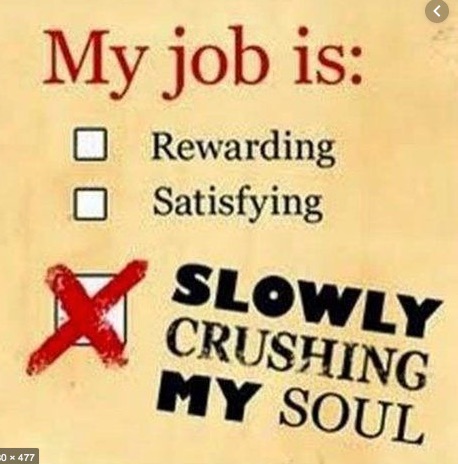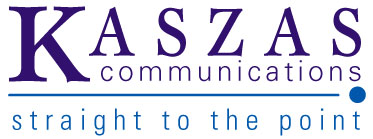Today is National Boss Day. 3 out of 4 employees report that their boss is the most stressful part of their job! More employees would prefer a new boss over a pay rise when it comes to improving their satisfaction at work. Ouch!
If you have a great boss, show your appreciation. Good or bad, bosses are a fact of life, and have been since ancient economies established master-slave relationships—the Pyramids were not built with collective agreements!
While workplaces today are (perhaps?) a little more humane, most of us have to navigate the power dynamics that go with any employer-employee relationship.
Some individuals are very flexible and can adapt to the operating style any boss. The rest of us actually have a preference for being managed. In fact, certain management styles bring out the best in us.
Operating Style of your boss can lead to conflict
I’m not talking about personalities here—whether your boss is warm, cold, two-faced, compassionate, analytical, judgmental, whatever. I’m referring to their operating style and the way that you, as an employee, best relate to authority.
For example, some employees need a hands-off relationship with a boss who allows them to exercise independent control over their specific area of responsibility. If they end up with a boss with a ‘directorial’ style—one who wants them to operate and perform in the manner the boss identifies as correct, appropriate, or most effective—then conflict is inevitable.
Without a clear understanding of this dynamic, we can get ourselves into a lot of hot water with bosses. As a career expert for the past 20 years, I have seen employer-employee conflicts played out in all kinds of scenarios…many of which could’ve been avoided or minimized if the individual—whether they were a boss or subordinate—had clarity about their preferred management style.
How do you prefer to be managed?
Most of us have never been taught or shown how to interview a potential boss for their preferred operating style, or how to negotiate with a boss in order to help them manage us in a way that brings out the best in us.
For example, if you function most effectively under a manager who provides you with initial support and direction at the outset of a new assignment of responsibility, then leaves you pretty much alone to carry it out…you probably need to learn how to tactfully help them do so.
But, if you get stuck with a micro-manager, you’ll have to grin and bear it, wait them out (the average tenure of a middle level manager is 2.5 years), or find another job–because this is a clash of styles that cannot be resolved through negotiation.
Many clients have described to me “a great boss” who provides intermittent support and direction at key points in a task, assignment, or responsibility. For them, the right manager offers assistance in making critical decisions. These individuals work best when they can count on their boss to have their back when unforeseen difficulties arise.
Others actually work most effectively with a micro-manager, a boss who provides continuous support throughout—touching base frequently and offering direction and advice when needed. But, if they end of up with a boss with a leader style, who prefers to paint the big picture and inspire others to follow him/her (or their program, cause, or mission) and leave the details to others, then they might dismiss this manager as inept or ‘political.’
Collaborate means to co-labor
In some cases, I have met clients who remember a single ‘great boss’ experience, followed by a series of bad bosses. A deeper analysis of their motivating situations reveals that they function most effectively under a manager who treats them as an equal, who works with them as though you were involved in a joint effort. In order to thrive at work, these individuals need an open-minded manager who has a genuine interest in their ideas and suggestions, as well as one who offers suggestions and advice when they ask for it or need it. When they don’t get it, they blame the boss.
Some even quit their jobs and go solo, only to discover they hate working on their own and need the dynamic of a workplace to bring out the best in them but they don’t know what that is until we do a deep analysis of their enjoyable experiences at work and outside of work. Then we discover they thrive in situations where they collaborated with others towards a goal.
Collaborate comes from ‘co-labour,’ or working together, and this kind of dynamic between employer and employee does not occur often, although when it does occur, interestingly enough, it tends to be a female boss who prefers to interact with subordinates in a participatory rather than authoritative fashion, preferring not to rely on administrative policies but on keeping others involved and keeping the momentum going.
There are bad bosses and good bosses in the world of work. But each of us can learn to better manage our relationships with authority by understanding what operating style used by a boss brings out the best in us. Then we can help create that at work or, at the very least, look for a manager who prefers to work with our preferred style.












